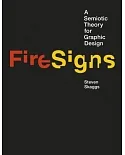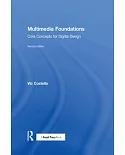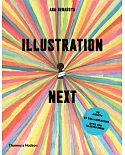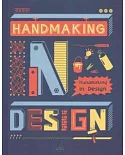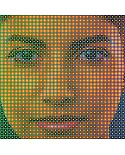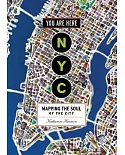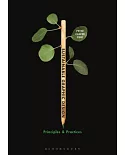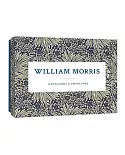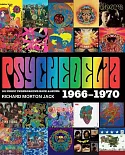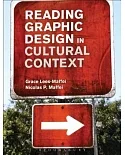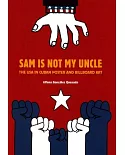Mexico witnessed an exciting revival of printmaking alongside its better-known public mural program in the decades after the 1910–20 revolution. Major artists such as Diego Rivera, David
Alfaro Siqueiros, José Clemente Orozco, and Rufino Tamayo produced numbers of prints that furthered the social and political reforms of the revolution and helped develop a uniquely Mexican
cultural identity. This groundbreaking book is the first to undertake an in-depth examination of these prints, the vital contributions Mexico’s printmakers made to modern art, and their
influence on coming generations of foreign artists.
Along with a thorough discussion of the printmaking practices of Rivera, Siqueiros, Orozco, Tamayo, and others, the book features some 300 handsomely illustrated prints––many previously
unpublished. Essays by distinguished scholars investigate the dynamic cultural exchange between Mexico and other countries at this time. They analyze the work of such Mexican artists as
Emilio Amero and Jesús Escobedo, who traveled abroad, and such international artists as Elizabeth Catlett and Jean Charlot, who came to Mexico. They also discuss the important roles of the
Taller de Gráfica Popular, a flourishing print workshop founded in Mexico City in 1937, and the Weyhe Gallery in New York, which published and distributed prints by many of these artists
during the 1920s and 1930s. Together, the prints and essays tell the fascinating history of Mexico’s graphic-arts movement in the first half of the 20th century.




